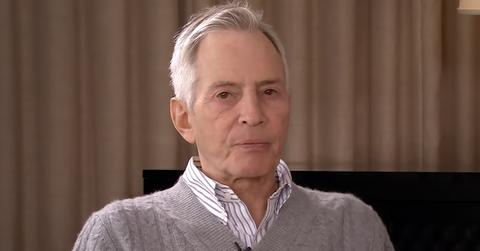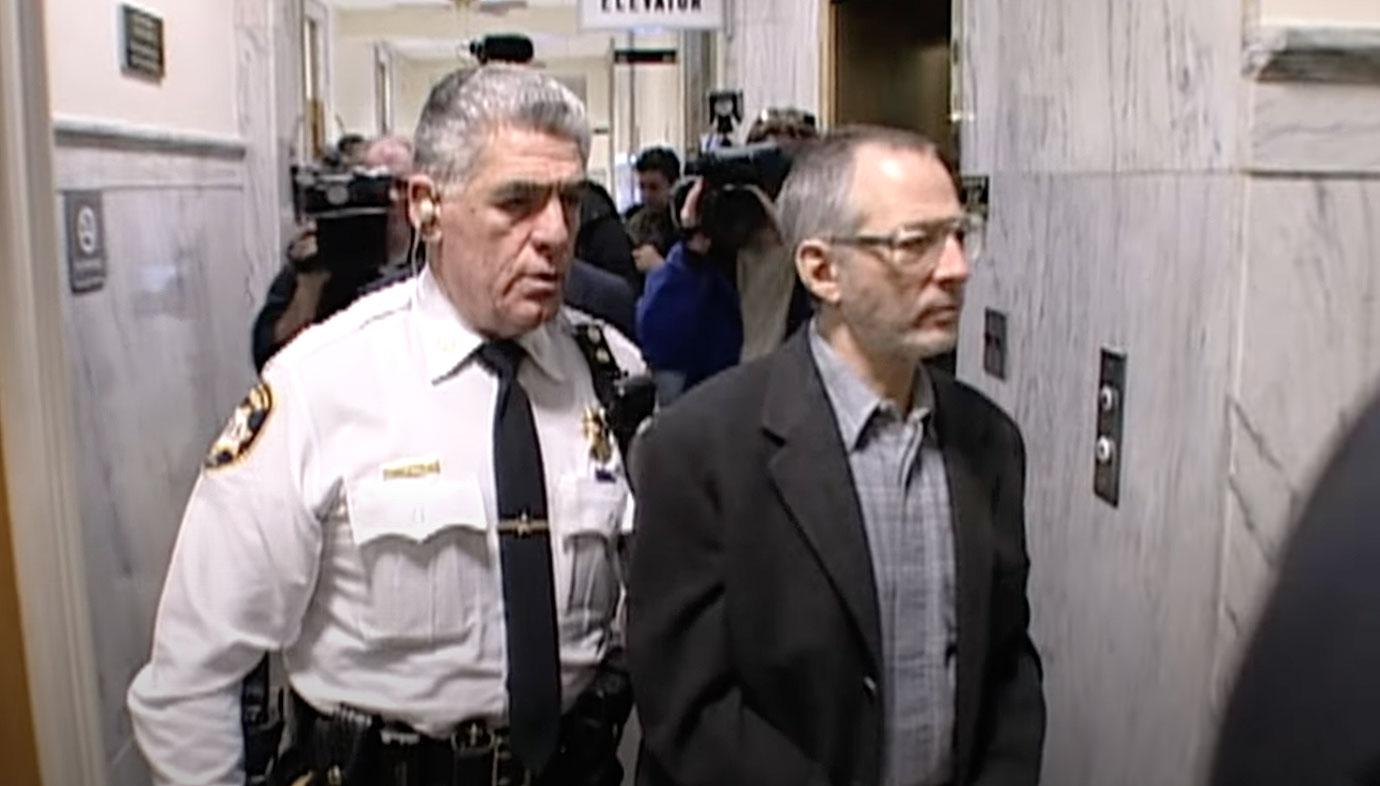'He blew her brains out': Murder trial against real estate heir Robert Durst resumes

After an unprecedented 14-month break, the murder trial against real estate heir Robert Durst resumed on May 18.
Prosecutors had the chance to give opening statements to help refresh the jury about the case.
Durst had also been linked to the death of his neighbor Morris Black — whose dismembered body was found floating in Galveston Bay, Texas, in 2001.
Despite his admission of killing Black in self-defense and dismembering his body, the alleged serial killer was acquitted in Texas. He had also denied any involvement in the death of McCormack.The 78-year-old heir to the family-owned real estate dynasty was arrested on March 14, 2015, for the murder of Susan Berman in 2002. Investigators believed Durst killed her to tie off loose ends related to the death of his first wife, Kathleen McCormack, in 1982.
Durst had also been linked to the death of his neighbor Morris Black — whose dismembered body was found floating in Galveston Bay, Texas, in 2001.
Despite his admission of killing Black in self-defense and dismembering his body, the alleged serial killer was acquitted in Texas. He had also denied any involvement in the death of McCormack.
After many years of living on the run under several aliases and identity, Durst was arrested in New Orleans during the final episode of an HBO documentary, “The Jinx: The Life and Deaths of Robert Durst,” where he had been caught off guard on a hot mic, “You’re caught! What the hell did I do? Killed them all, of course,” according to media reports.
Deputy District Attorney John Lewin started his opening statement by informing the jury the state intended to show Durst murdered Berman because she witnessed and participated in his wife's death 20 years ago.
Lewin further highlighted for the jury, Durst’s capability as a serial killer who had been involved in three homicides.
“All we have to show is that there was intent to kill Berman. You will decide whether it is murder or manslaughter,” Lewin told the jury.
The state had enough evidence to prove the motive and opportunity were personal and could not be mistaken as a robbery or burglary gone wrong. Investigators found no forced entry into the home, no ransacking or struggle. All her credit cards and personal belongings were in plain view undisturbed.
Lewin disclosed further evidence that indicated Berman was security conscious and always locked her doors, which showed it was impossible for her to open her door for strangers. The state believed Berman turned her back to the assailant because she never knew what was coming.
“Berman had trusted Durst and he blew her brains out,” said Lewin.
Also, a letter with “Beverly” spelled wrong had been sent to the police in regard to the whereabouts of Berman’s body at her home. Since the letter was discovered before Berman’s body, the state believed Durst wrote the letter.
“We know that the killer wanted her body to be found,” the prosecutor said.
In support of that notion, Lewin showed the jury a video recorded in 2019, which showed Durst admitted writing the letter and declared the killer could only know the contents.
As a preempt to the defense strategy of discard the admission, the state told the jury Durst said so many things that got him in trouble because he believed he was above the law.
Lewin stated the evidence would show Durst paid Berman a lot of money within the 20-year period after the death of his wife. The state believed it was hush money to buy Berman’s silence since Durst had been reputed to be cheap and tight-fisted.
“He killed her out of survival. It was either her or him,” Lewin told the jury.
The defense will get a chance to give its opening statement to the jury on May 19.

Robert Durst in a previous court hearing
Aware that the defense team will attempt to discredit Berman’s character, Lewin disclosed Berman’s manipulative traits, which had been instrumental to her death. Despite her loyalty to Durst, the state intends to introduce witnesses whom Berman told about her role in the cover-up of Durst’s wife.
Lewin told the jury to ignore the frail-looking Durst seated in a wheelchair in the courtroom on May 18, but to remember him as a vibrant abusive husband in his early days.
In 1981, Durst threatened to kill McCormack when she sought refuge with her neighbor, Anne Andersen-Doyle’s residence. At the time, McCormack stated Durst had a gun.
The prosecution primarily relied on video clips of the unedited documentary and the 2015 police interview after Durst arrest in New Orleans. The prosecution's move is a significant effort to prove Durst confessions and incriminations are in alignment with the state’s evidence pointed to the defendant for the triple murders.
JURORS QUESTIONED
The 14-month hiatus was due to the coronavirus pandemic. On May 17, Los Angeles County Superior Court Judge Mark Windham asked jurors if they were capable of completing their duties from where they left off in 2020.
Windham wore a mask as he questioned the 20 jurors, including eight alternates. They were asked if they had discussed with anyone or seen stories about the case during the break. Furthermore, he asked if the jurors were predisposed to health challenges or with family members they cared for, which could impair them mentally to carry out their duties for the next couple of weeks.
Next, Windham proceeded to his chambers, spoke to nine jurors, and dismissed one for undisclosed reasons.
Though Durst was absent in court as the jurors were questioned, his defense attorney Dick DeGuerin pleaded with the court for the case to be delayed further due to his client’s health issues ranging from bladder cancer to other ailments.
Lewin dismissed the plea by the defense as a get-out-of-jail card for his client. Furthermore, he claimed Durst received first-class treatment at the facility where he had been held without bail.
Become a Front Page Detective
Sign up to receive breaking
Front Page Detectives
news and exclusive investigations.
